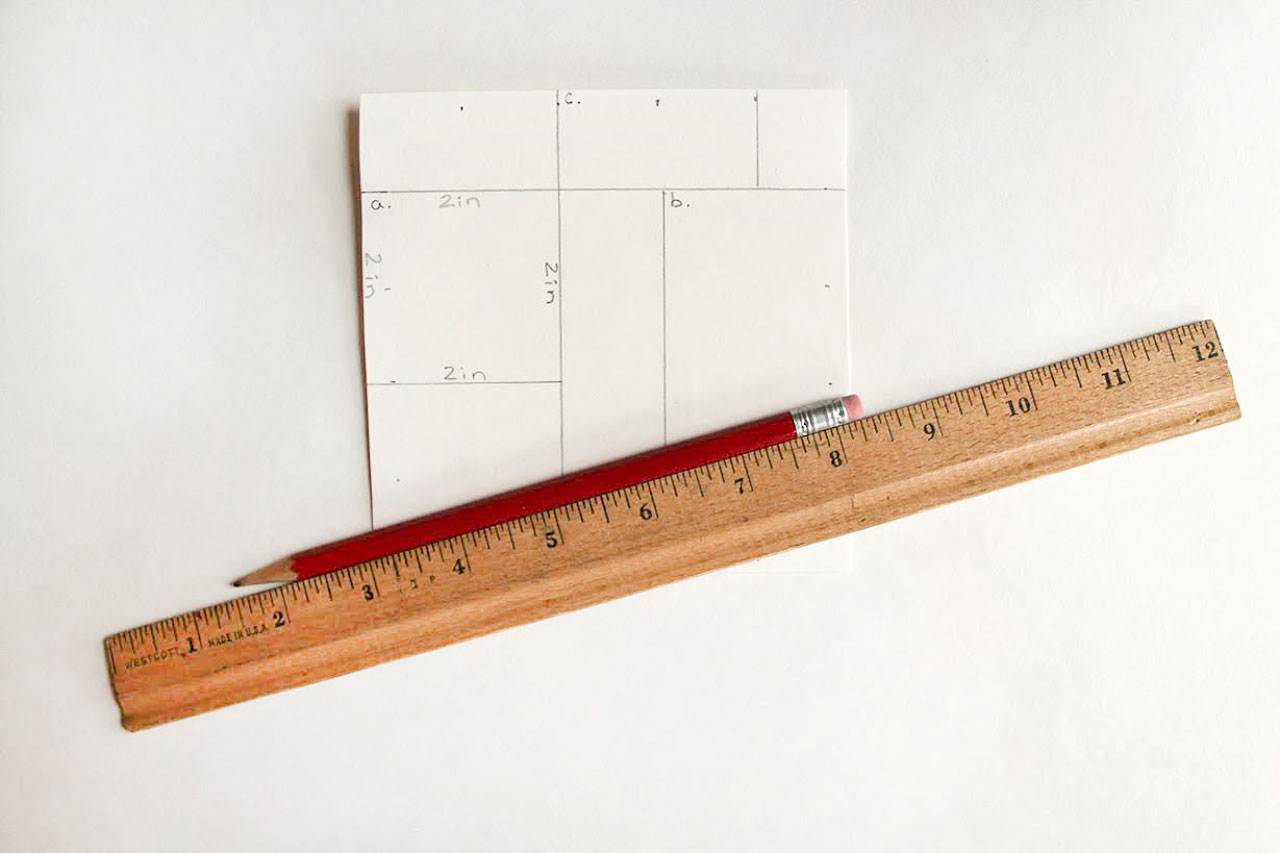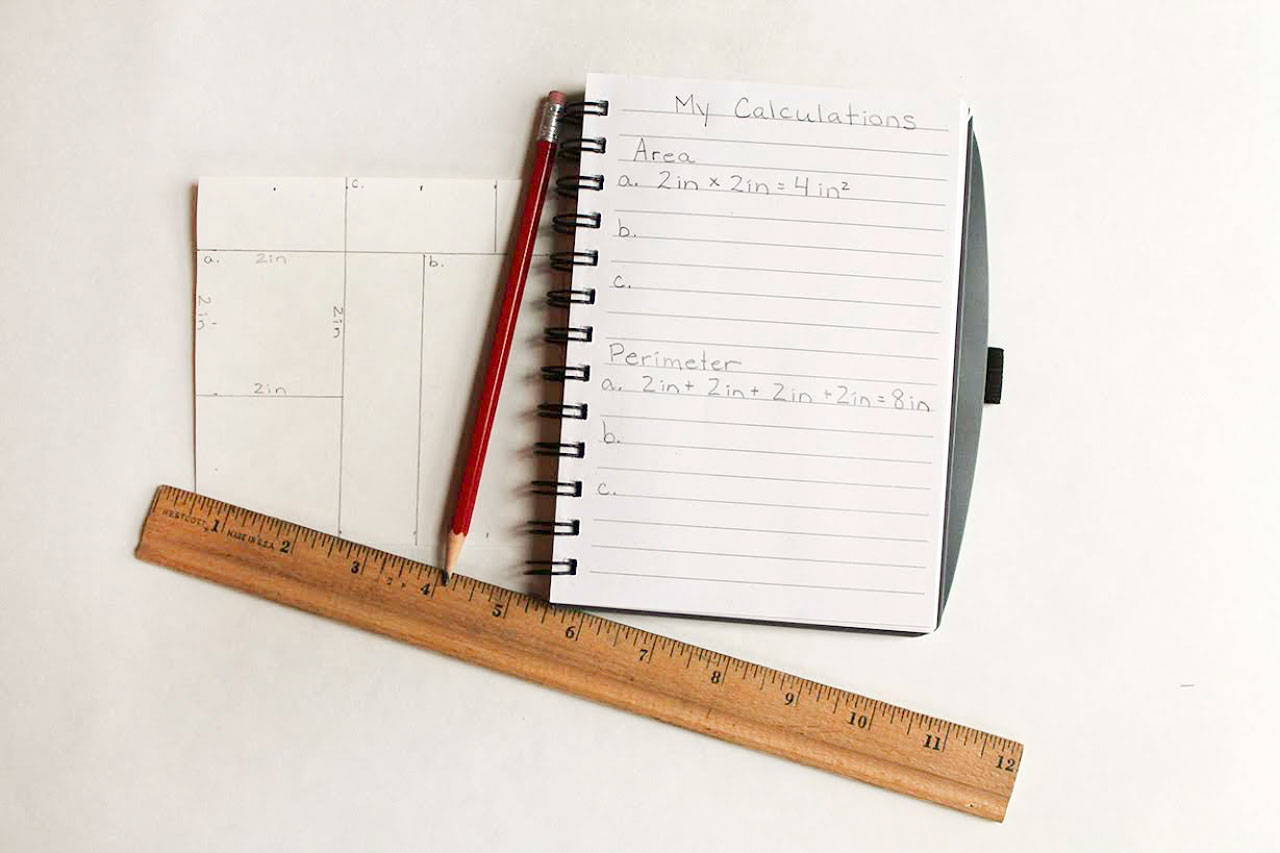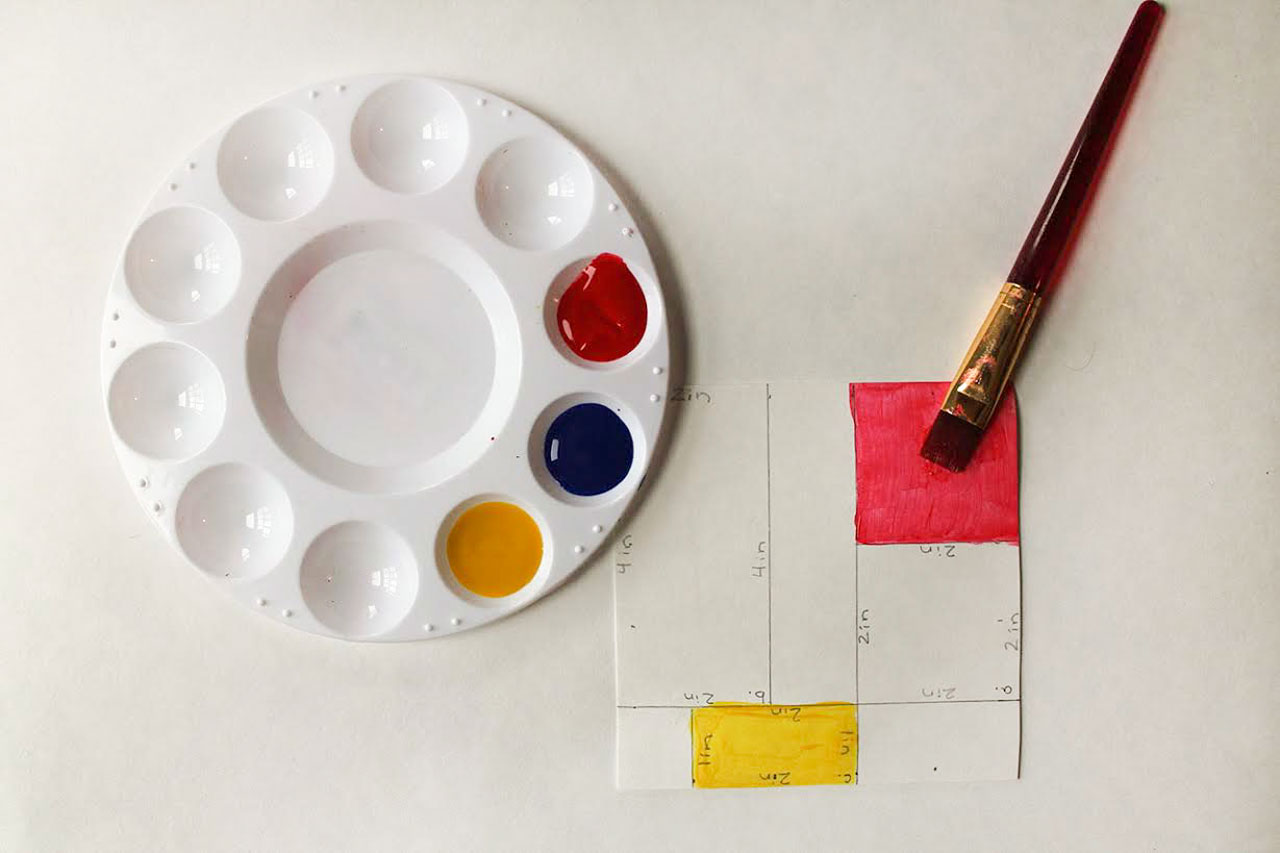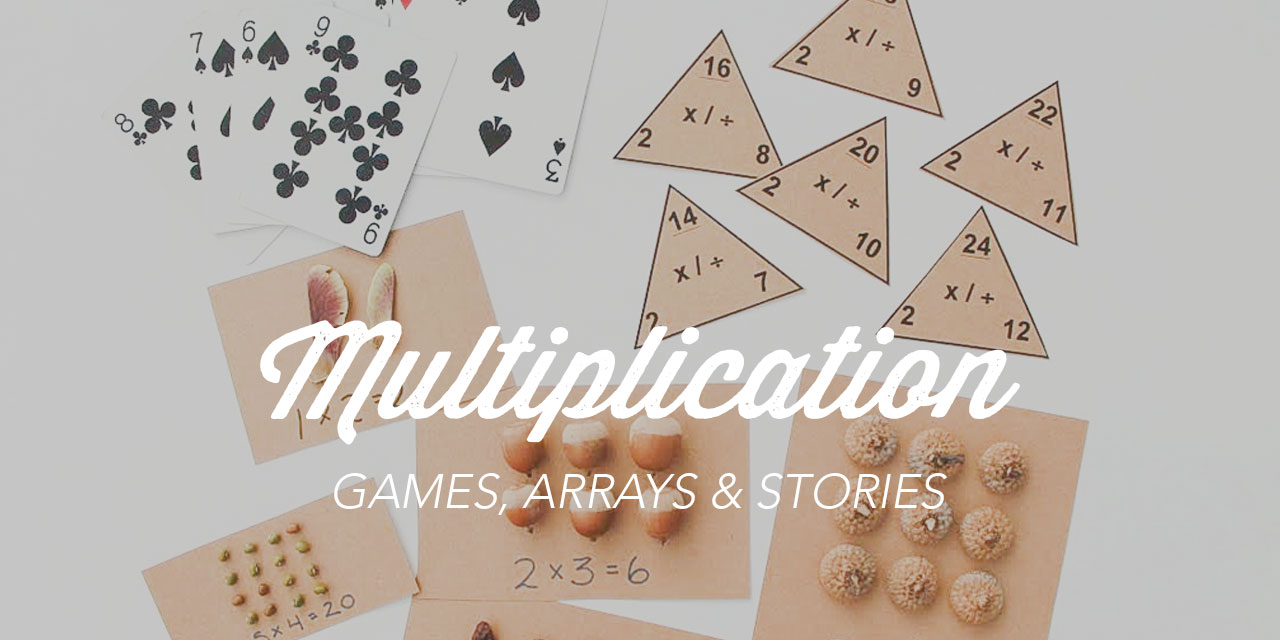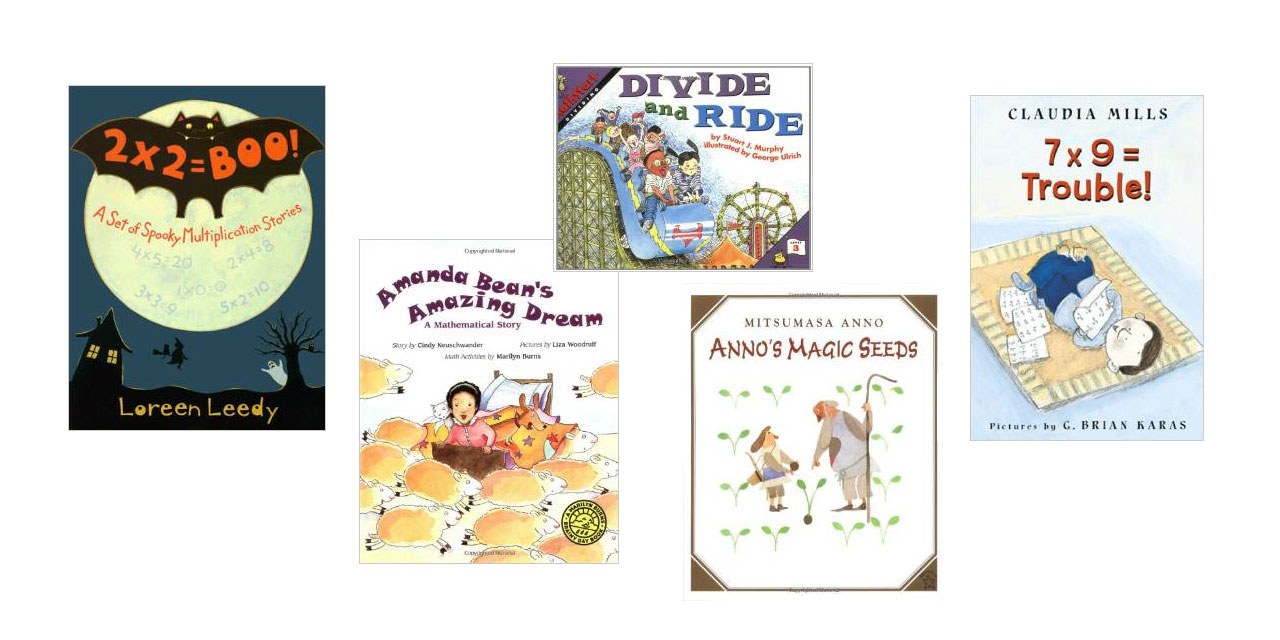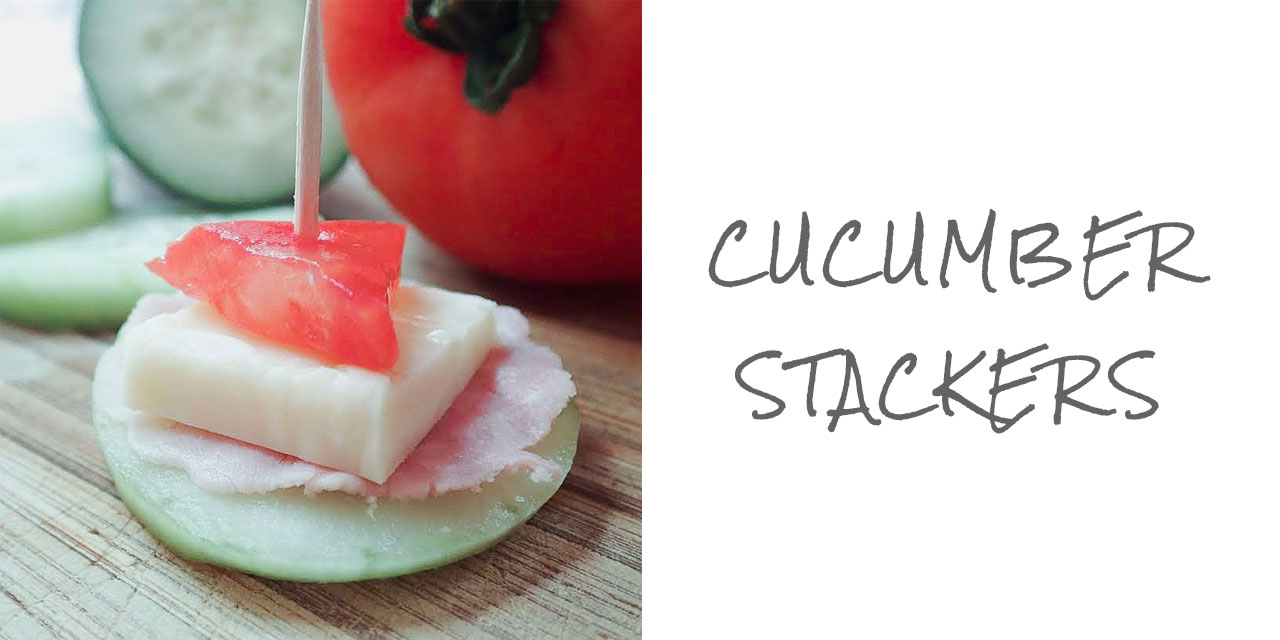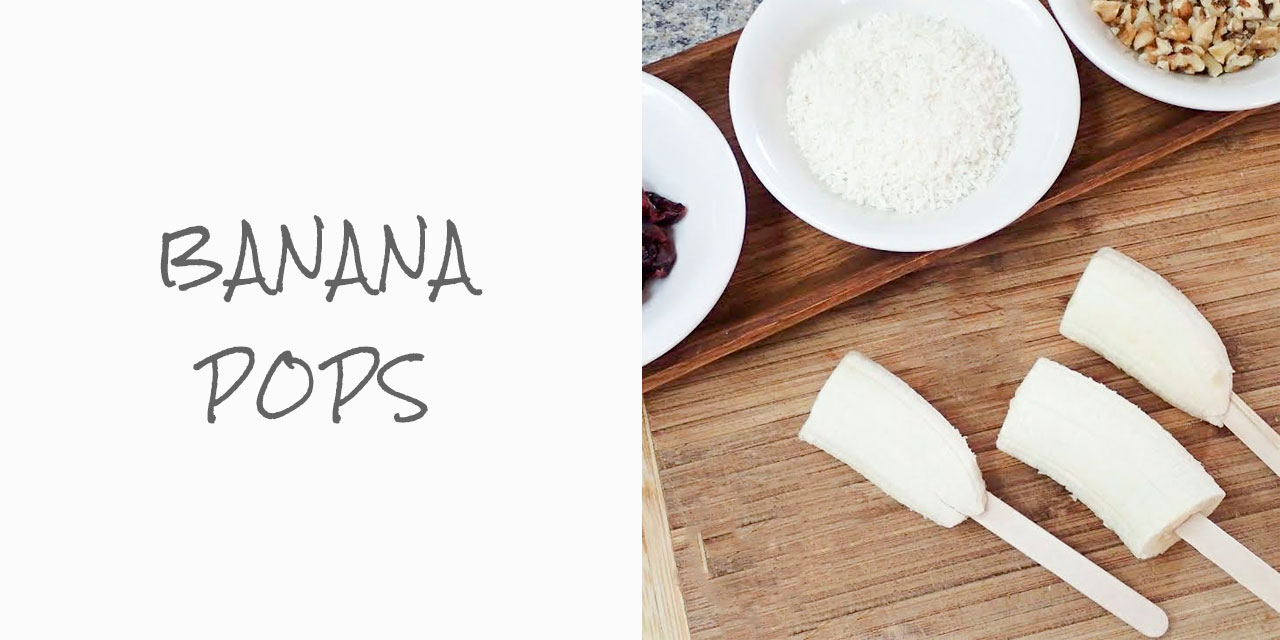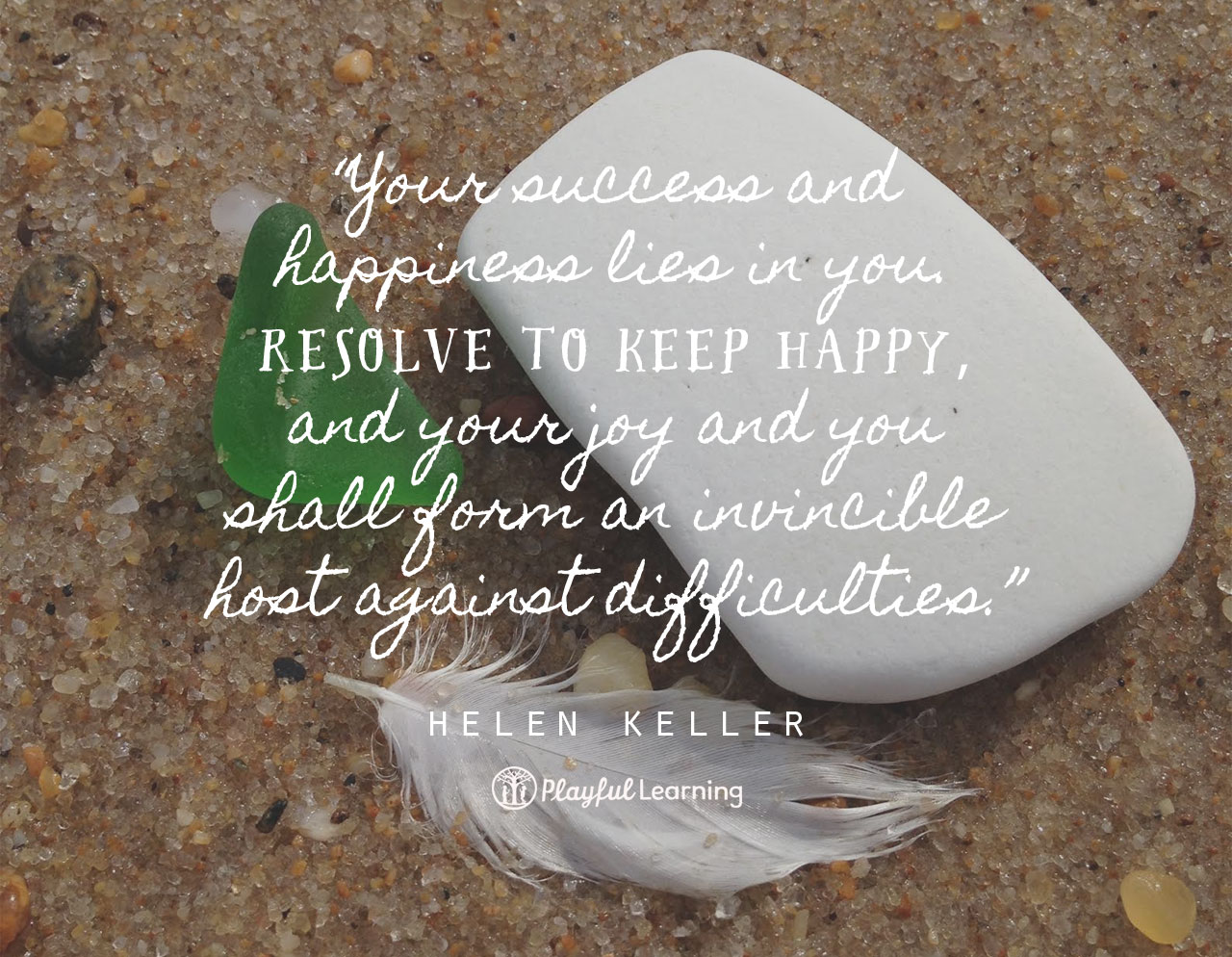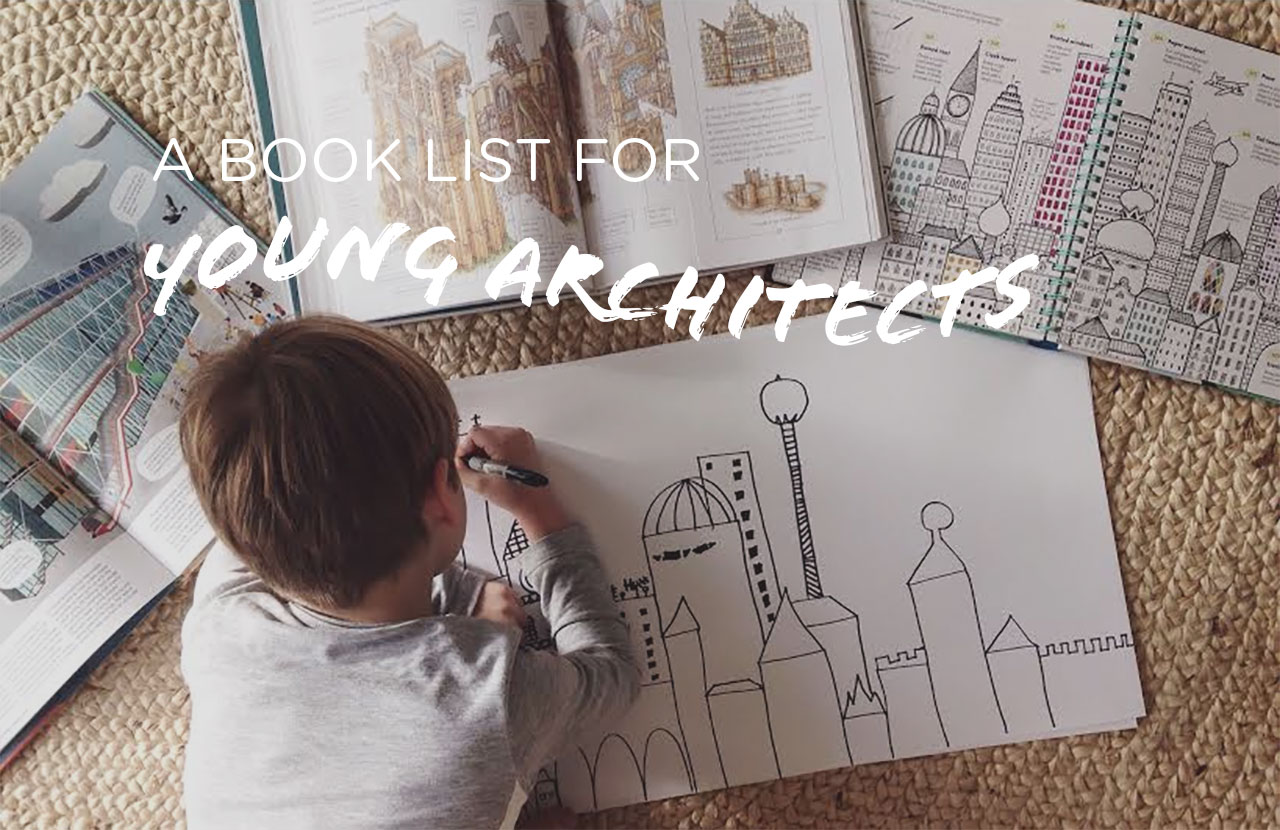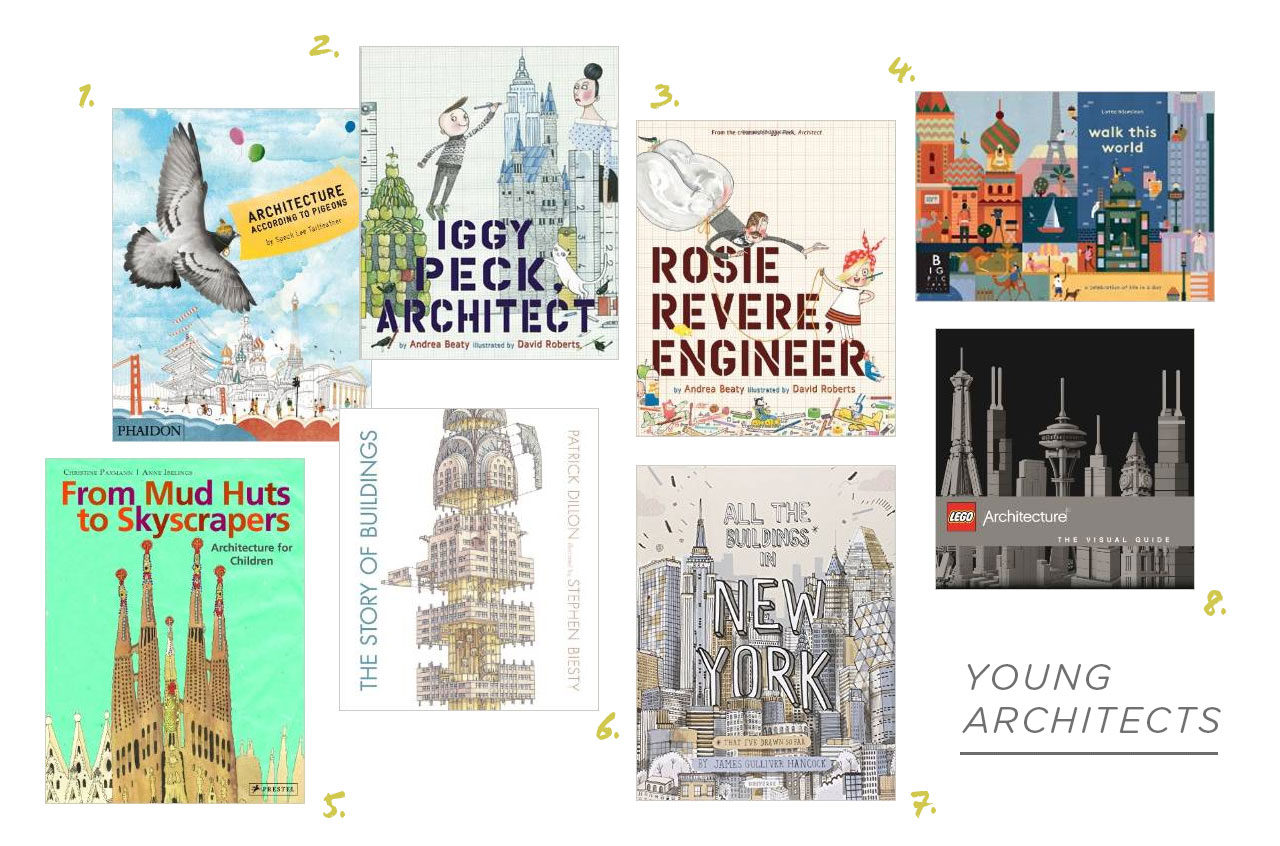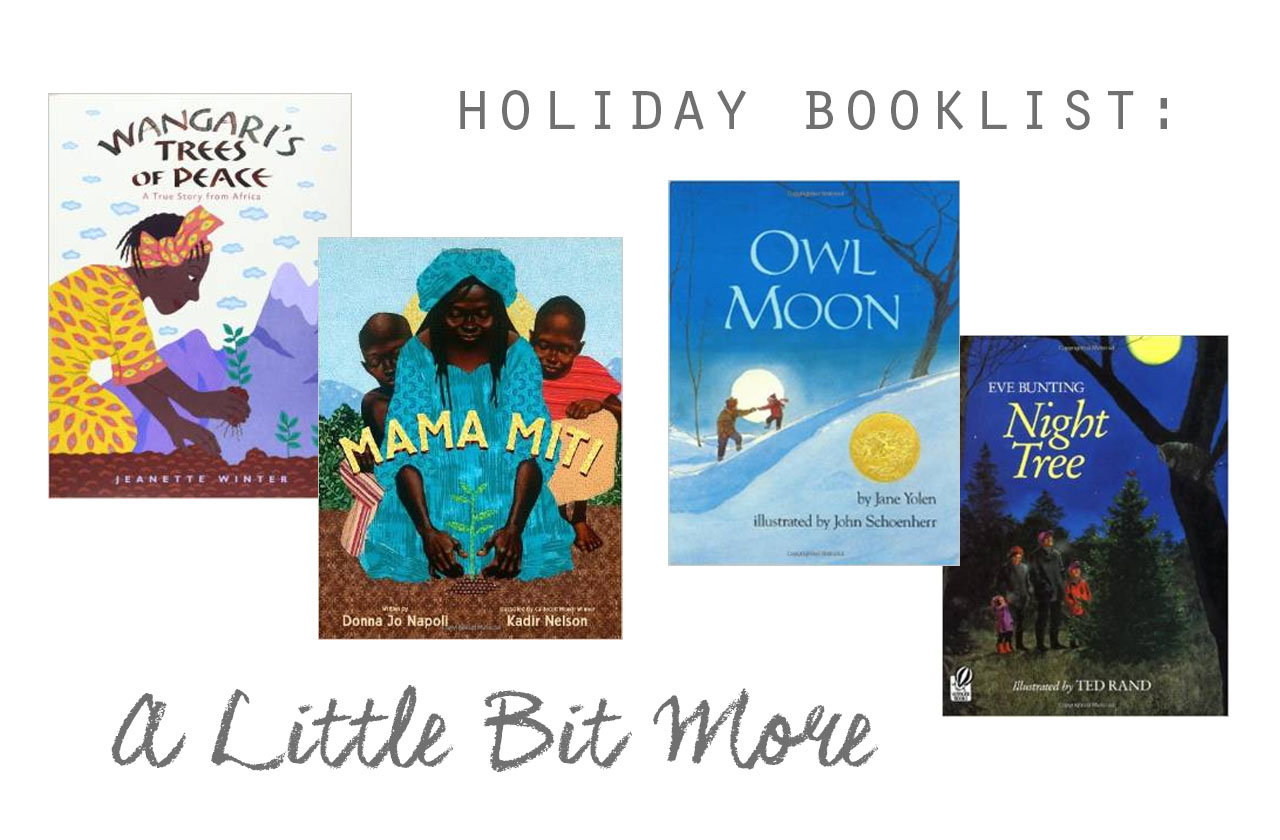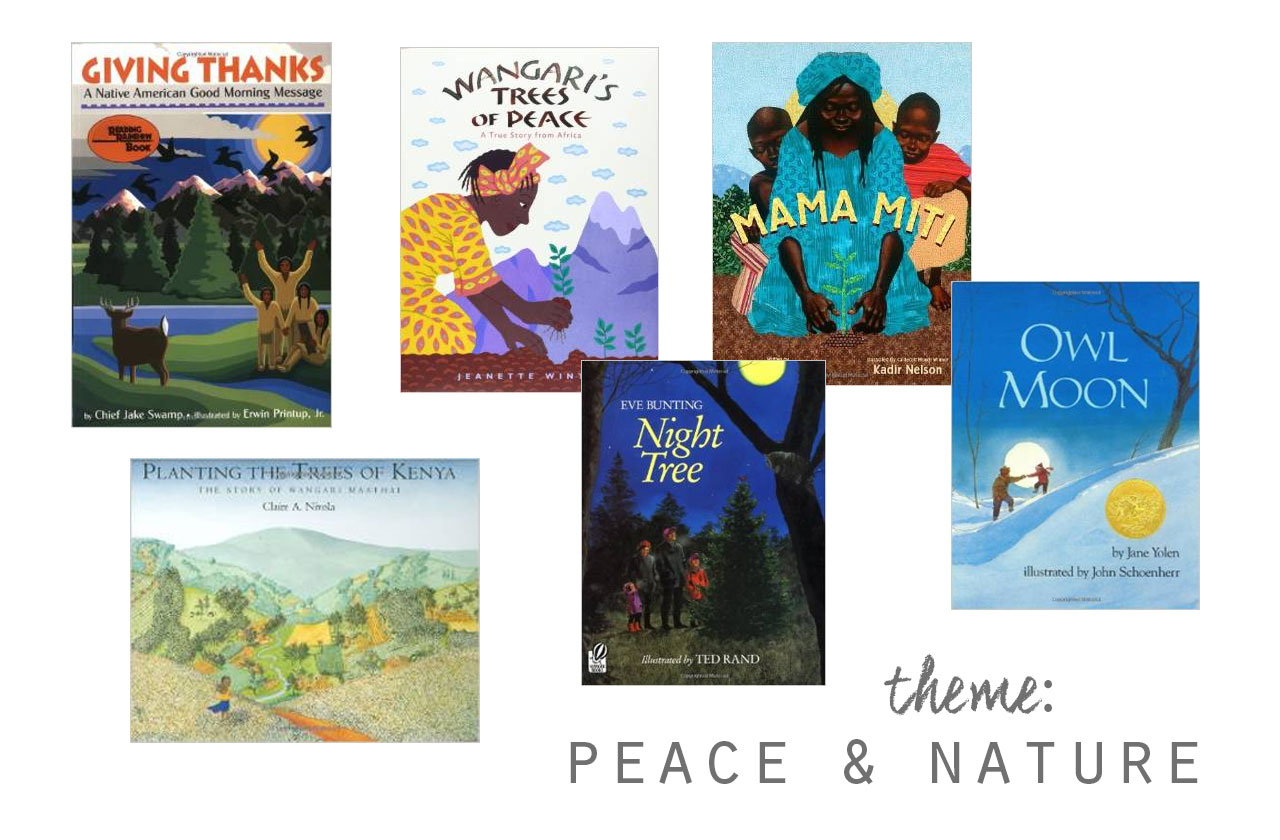Integrating Math & Art: Calculating Area + Perimeter with Piet Mondrian
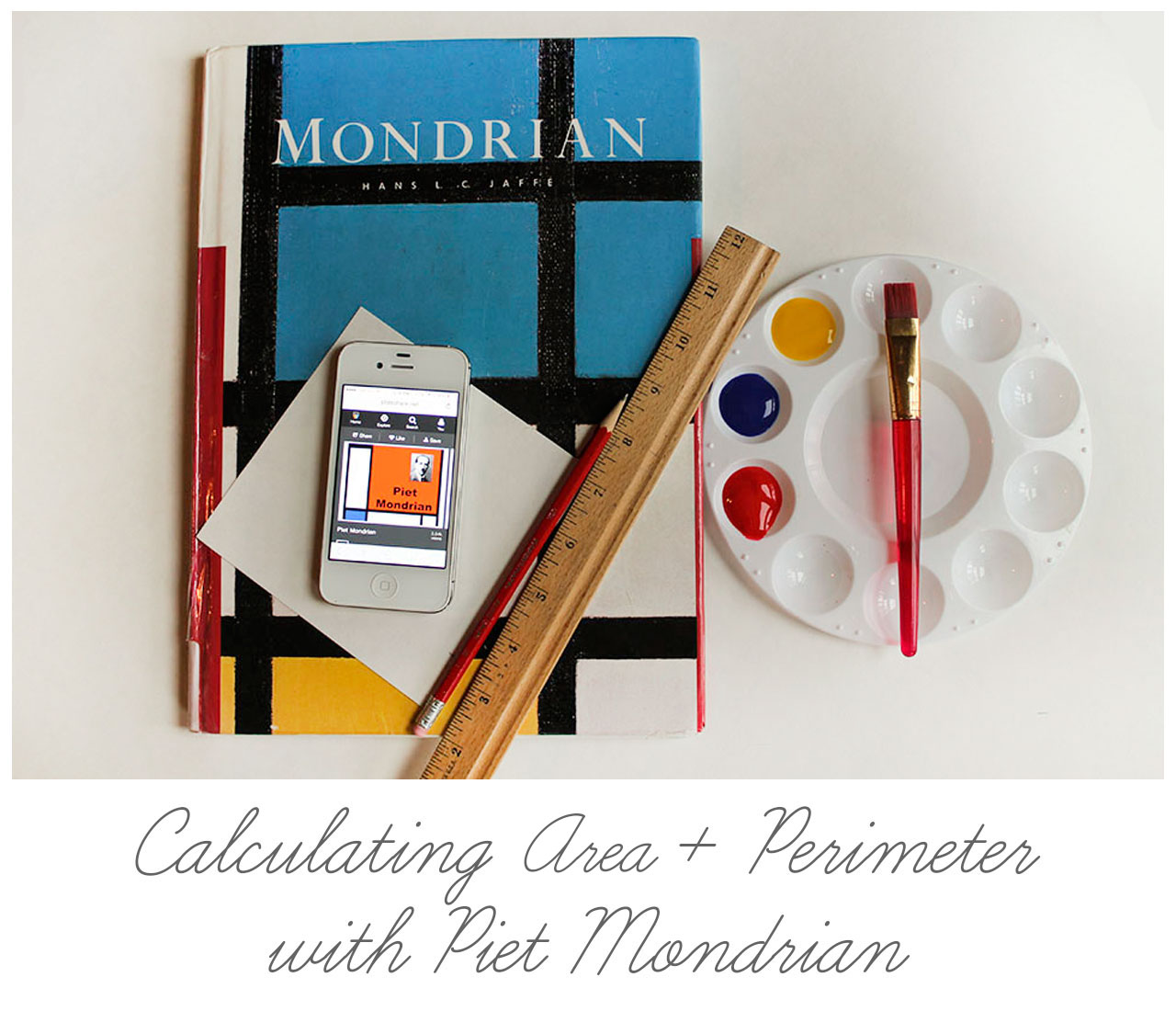 Learning to calculate the area and perimeter of rectangular shapes is a required skill in third grade math. The integration of art makes perfect sense in learning this skill. Piet Mondrian, indeed, is the ideal artist to study when discussing the measurement of shapes.
Learning to calculate the area and perimeter of rectangular shapes is a required skill in third grade math. The integration of art makes perfect sense in learning this skill. Piet Mondrian, indeed, is the ideal artist to study when discussing the measurement of shapes.
In my third grade classroom, we began our study of Piet Mondrian with a slide show depicting his work. A website dedicated to slide shows www.slideshare.net has shows about the art of Piet Mondrian. We watched and discussed the following show:http://www.slideshare.net/duniwayart/mondrianppt
The images presented gave us a good starting point to discuss the famous painter and his later work where he used only primary colors and bold black lines. We focused on Mondrian’s paintings from 1920 and forward. These paintings are beautiful and simple. Students will easily see bold rectangles and will be able to emulate his style to create a work of their own.
Questions To Consider:
What do you notice about Mondrian’s later (1920 and on) paintings?
What effect do you think he was trying to achieve when he used bold black lines?
Why do you suppose he limited his color palette to the three primary colors?
Let’s create our own…
Materials: white art paper, graph paper, a black permanent marker, paint colors red, yellow and blue, a ruler and a pencil
If you decide to use white art paper, share how to mark centimeters or inches off along the sides of the paper. This creates a grid to use when measuring and helps young learners in drawing straight lines.
Step One:
Draft out your idea in pencil using lines and rectangles.
Step Two:
Measure the area and perimeter of some of the rectangles (3 or more). Discuss that measuring the perimeter is adding up the length of each side, which are four sides for a rectangle. We then add all the side measurements together to get the total perimeter. Area measures the inside of a shape in square units and may be figured out by simply counting the squares covered inside a shape (with graph paper) or by multiplying the length by the width of a rectangle.
Step Three:
Show the calculations and totals on a separate recording sheet.
Step Four:
Decide where you would like to put color down and where you would like to leave white space. Mondrian left a lot of white space and sparingly added primary colors. This is your choice in creating your own composition.
Voila! You have created a beautiful piece of art, learned about the fabulous Piet Mondrian and explored how to measure the area and perimeter of a rectangular shape.
Arts integration is often very motivating for students. Learners have the chance to engage in the process and thus understand at a deeper level.
Common Core Standards:
Relate area to the operations of multiplication and addition.
Find the area of a rectangle with whole-number side lengths by tiling it, and show that the area is the same as would be found by multiplying the side lengths.
Multiply side lengths to find areas of rectangles with whole-number side lengths in the context of solving real world and mathematical problems, and represent whole-number products as rectangular areas in mathematical reasoning.
Use tiling to show in a concrete case that the area of a rectangle with whole-number side lengths a and b + c is the sum of a × b and a × c. Use area models to represent the distributive property in mathematical reasoning.
Websites:
http://art-educ4kids.weebly.com/piet-mondrian-colour-and-line.html
Books:
Arts with the Brain in Mind by Eric Jensen
Enjoy!
